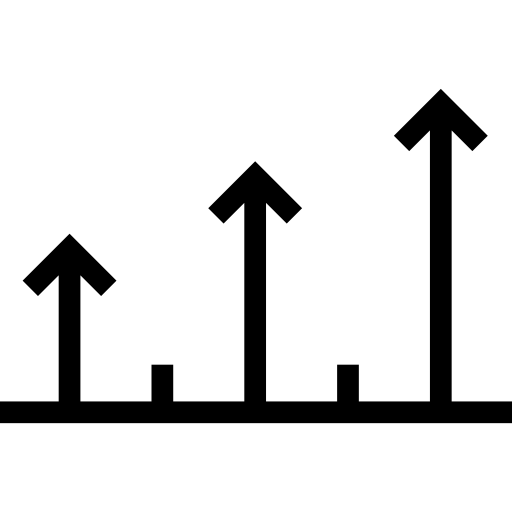
Starting date : Jun. 2016 > Dec. 2019
Lifetime: 48 months

Program in support : H2020 MSCA-ITN-2015-ETN - Training Networks

Status project : complete

CEA-Leti's contact :
Lionel Hervé

Project Coordinator: University of Birmingham (GB)
Partners: - DE: Physikalisch Technische Bundesanstalt, PicoQuant GmbH
- FR: CEA-Leti
- GB: University College London, University Hospital Birmingham
- IT: Politecnico di Milano
- PO: Institute of Biocybernetics and Biomedical Engineering
- SP: Fundacio insitut de Ciencies Fotoniques (ICFO), HemoPhotonics, Vall D’Hebron University Hospital

Target market: n/a

Publications:Articles:
« Time-resolved diffuse optical tomography: a novel
method to compute datatypes allows better absorption
quantification », D. Orive-Miguel, L. Hervé, J. Mars, L. Condat
and P. Jallon, European conferences on biomedical optics,
June 2019, Munich, Germany. Talk and proceedings.
« The BitMap dataset: an open dataset on performance
assessment of diffuse optics instruments », D. Orive-Miguel
et al. European conferences on biomedical optics,
June 2019, Munich, Germany. Talk and proceedings.
« A performance comparison between continuous-wave and time-domain diffuse optical tomography for deep inclusions by using small source-detector separations », D. Orive-Miguel, J.-M. Dinten, J. Mars, L. Condat, L. Hervé, 12e Journées imagerie optique non-conventionnelle (JIONC 2017), Mars 2017, Paris, France. Talk and proceedings.

Investment: € 3.8 m.
EC Contribution: € 3.8 m.

| Stakes
CEA-Leti has been hosting a PhD student for 36 months under the auspices of Marie Curie ITN, an EC-funded laboratory group that is collaborating (15 doctoral theses) to develop a system for monitoring the blood parameters of Traumatism Brain Injury (TBI) in emergency services. This system is based on using near-infrared light to probe diffusing biological media in depth.
The CEA-Leti PhD student has been investigating new approaches to optical tomographic reconstruction by means of multispectral and time-resolved acquisition. Working in a highly reputed team dedicated to processing time-domain diffuse optical data, this has involved developing a time-domain multispectral optical tomography algorithm for monitoring blood parameters. More specifically, the Mellin-Laplace transform has been developed to process time-domain optical signal data in a computationally tractable manner.
The aim is to reconstruct in 3D the optical characteristics of monitored environments. The approach involves: • Focusing on late tenuous optical signals corresponding to light propagation deep within the medium • Refining data analysis by incorporating a valid interference model • Using priors such as sparsity for solving material-based decomposition problems. These algorithms are being initially tested and developed in simulations. Project work in 2019 included taking part in acquisition campaign in POLIMI, implementing a supercontinuum laser source in conjunction with a wavelength selection system and resolved detection time. This campaign was used to validate real data developments.
CEA-Leti’s outcomes: • Scientific progress in time-domain diffuse optical data processing • Progress in clinical translation of optical modality • Strengthening relations between CEA-Leti and the project European laboratory through the presence and mobility of the Marie Curie ITN research student.
Our vision is to develop a suite of standardized non-invasive devices that provides essential information about brain health in neurocritical care and neuromonitoring, with a particular emphasis on traumatic brain injury (the “silent epidemic of the third millennium”) and hypoxia in newborn children. Survivors present permanent neurological conditions that have a profound impact on the quality of life of individuals and their families, and hence a large socio-economic impact. The key factors influencing these conditions and their treatment are the avoidance of brain hypoxia and metabolic disturbances and this is driving the transfer of new neuromonitoring systems to the bedside, where they are being shown to have a transformative effect on patient care.
BitMap develops non-invasive photonics-based monitoring techniques and data analysis methods to provide biomarkers that could guide patient management. A cohort of multi-disciplinary Early Stage Researchers (ESRs), embedded in leading laboratories across Europe, works together on an program designed to address the key technological and clinical challenges in neurocritical care. The ESRs benefit from the diverse range of expertise in advanced photonics and clinical application which substantially enhance their research competitiveness and employability, and together form a critical mass of skilled people working together towards new technologies for improved neuroclinical care.
The challenges involved are fundamentally multi-disciplinary and therefore ESRs trained in a multi-disciplinary environment are essential, if progress and clinical impact is to be made. There is currently no graduate program producing researchers with these attributes, but there is a significant market for such PhDs in the rapidly developing area of biomedical optics and in general in medical imaging technology development. The BitMap project therefore addresses both a clinical and economic need.
IMPACT
BitMAP promotes the benefits of graduate and research partnerships, which have substantial impacts on European industry and the economy. These benefits include: • Producing multi-skilled graduates capable of performing a transformative role by linking scientific domains and forming multidisciplinary teams for future employers • The network and its graduates provides a direct route from industrial partners to academic science and IP base • Using partnerships to circulate research results in industry. CEA-Leti’s project contribution has been development of data processing methods for time-domain measurements. Based on the reconstructions provided by CEA-Leti’s new approach, the total measurement information could be exploited through the use of novel data filtering. Brain injuries can now be imaged deeper and more accurately: approximately 2.5cm under optical probes instead of 2cm for the same set of measurements.
|
|